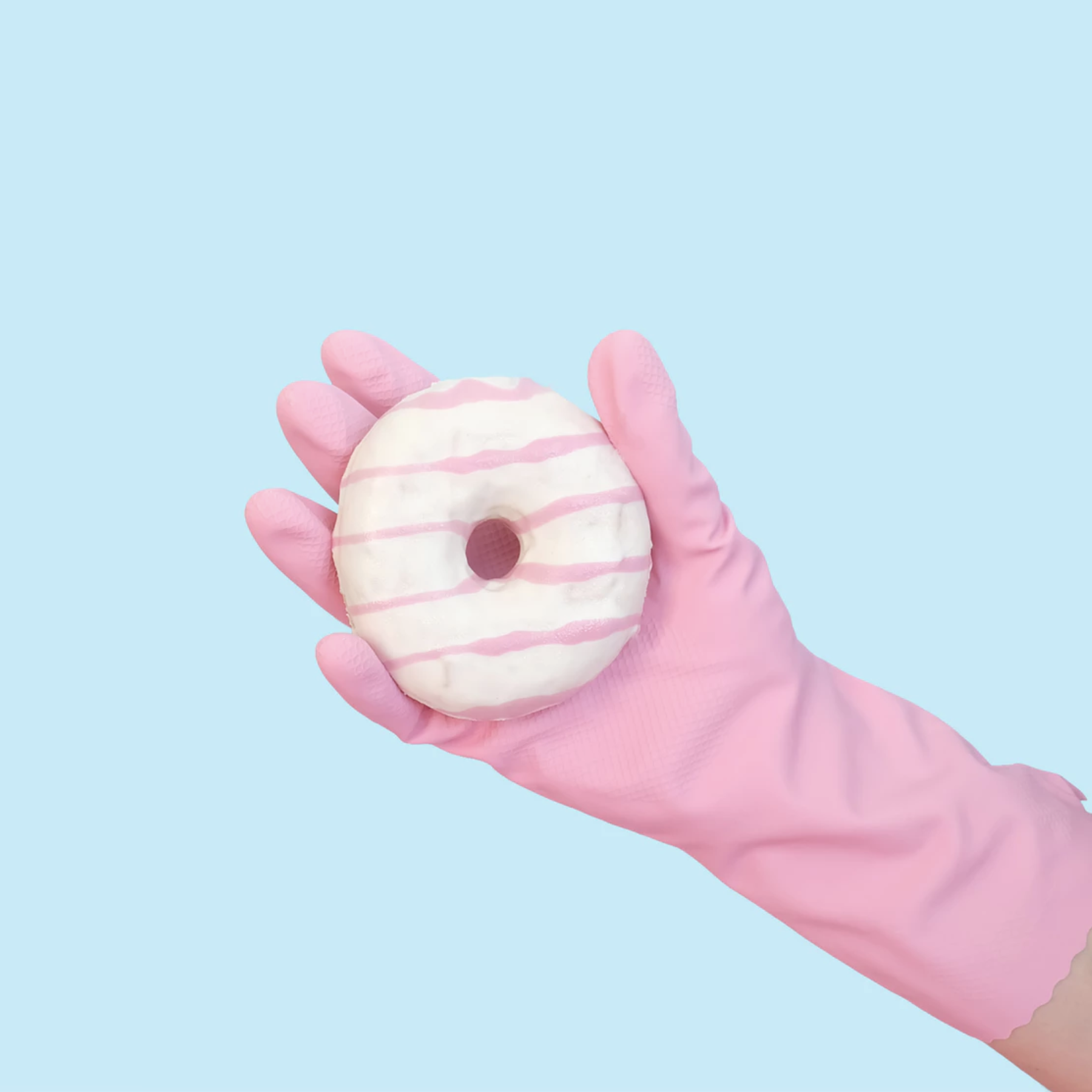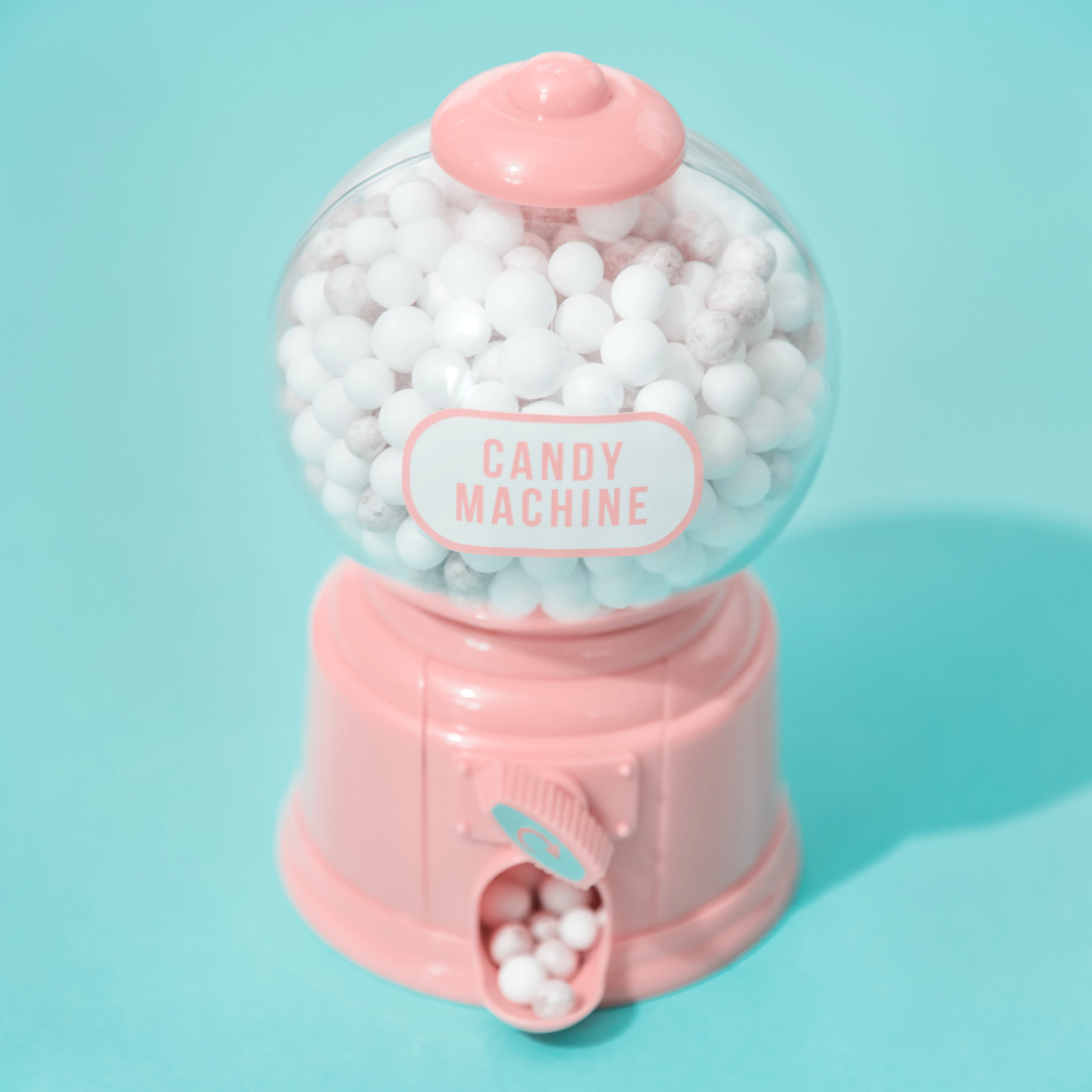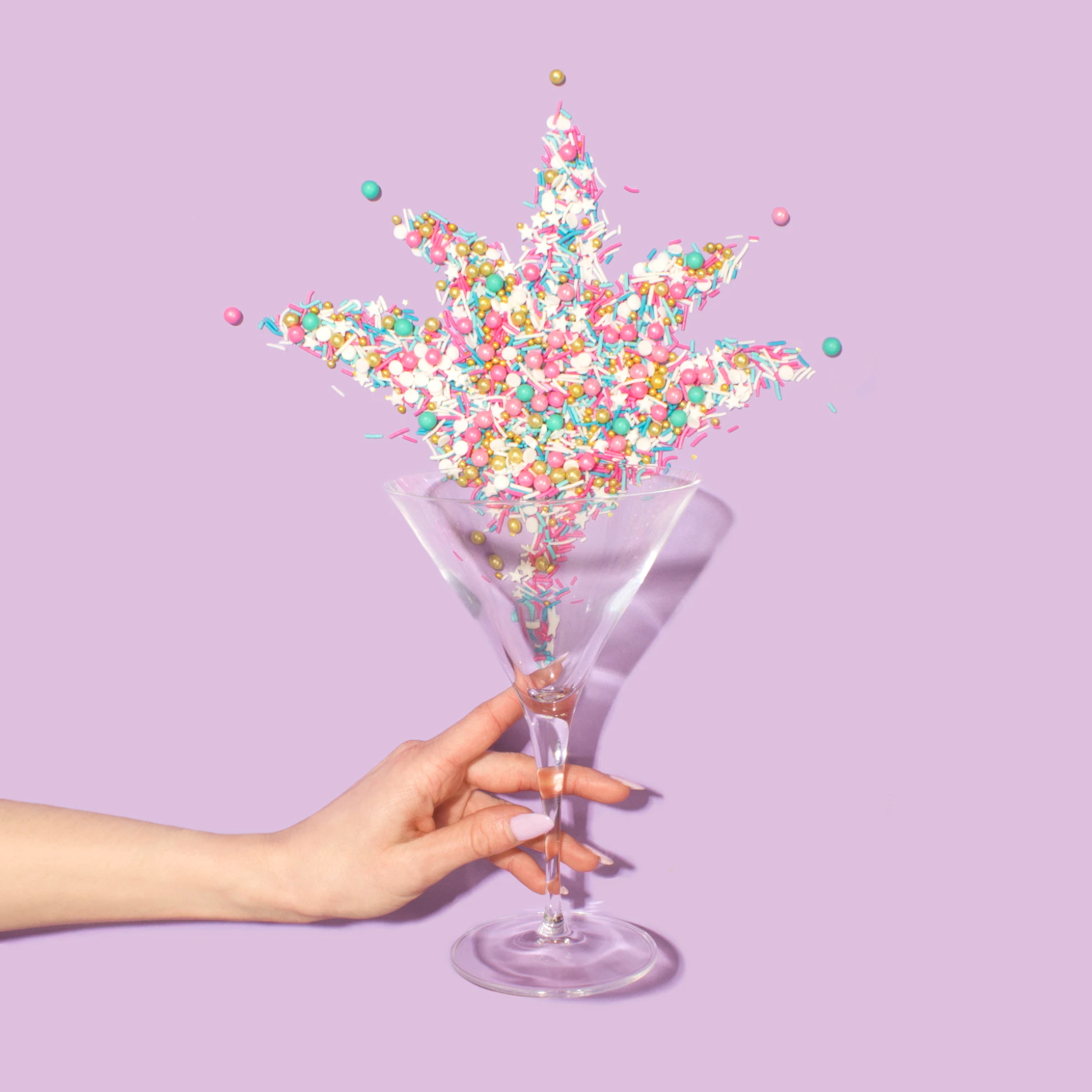HISTORY OF CANDY

The word candy entered the English language
from the Old French çucre candi ("sugar candy").
The French term probably has earlier roots in the
Arabic qandi, Persian qand and Sanskrit khanda, all
words for sugar. Sugarcane is indigenous to
tropical South and Southeast Asia. Pieces of
sugar were produced by boiling sugarcane
juice in ancient India and consumed as khanda.
Between the 6th and 4th centuries BCE, the Persians,
followed by the Greeks, discovered the people in
India and their "reeds that produce honey without
bees".



